AO Edited
Rock Springs Historical Museum
A local museum remembers one of the worst acts of anti-Chinese violence in American history.
This stately building was once the center of civic life in the mining town of Rock Springs, Wyoming. Now the historic building serves as the city’s historical museum telling the story of the many individuals who came together to create Rock Springs, and of one of the darkest moments in American history.
By 1893, the newly incorporated Rock Springs was booming, and its citizens were looking to create a grand municipal building that would confirm its status as a major player in the West and attract more people to the growing coal town.
With $28,200 in funding paid for in liquor fees from the town’s many saloons, architect Martin D. Kern designed this Richardson Romanesque building with locally quarried sandstone. It remained the town’s City Hall, fire station, jail, courthouse, and more until the 1980s, when a new City Hall was constructed and the building closed.
After being restored and converted into a museum in the 1990s, visitors can now tour many of the municipal structures, including the jail, and view artifacts from the founding of Rock Springs. Another exhibit highlights Butch Cassidy and the butcher shop from where he allegedly received his moniker. The largest exhibition features a deeper look into the cultural history of Rock Springs.
Rock Springs is known as the “Home to 56 Nationalities,” with unusual diversity for such a small and relatively remote city due to the opportunities afforded to miners. It celebrates this cultural diversity each year with an annual International Day Festival held in July. However, this diversity did not come without the brutal cost of racial exclusion and violence.
Rising anti-Chinese prejudice throughout the United States led to the establishment of the Chinese Exclusion Act in 1882. On September 2, 1885, about 150 white men, stoked with resentment and grievance, led a mob through the Chinatown in Rock Springs.
79 Chinese homes were burned, and at least 28 Chinese workers were killed in the worst example of anti-Chinese violence in the nation’s history. Although widely condemned at the time, the incident was covered up and faded into history. There is little physical acknowledgment of this event today, and the most significant is found within this museum, which has also placed a monument at Bridger Avenue and M Street entitled “Peace” in recognition of this event.
Know Before You Go
The museum is free and open to the public. Check the website for any schedule updates.

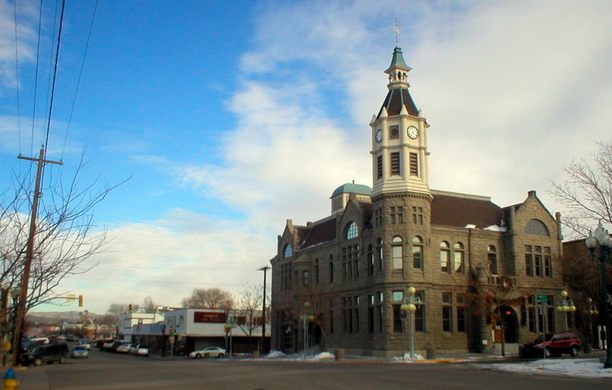
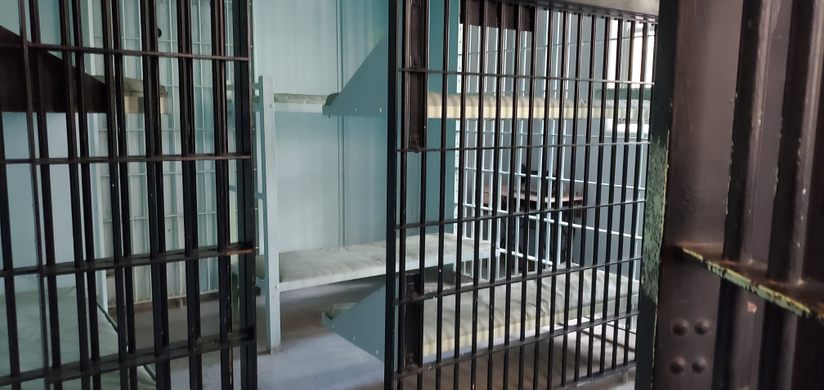

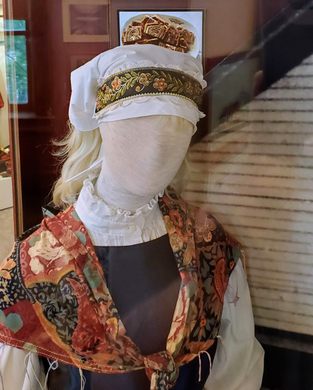
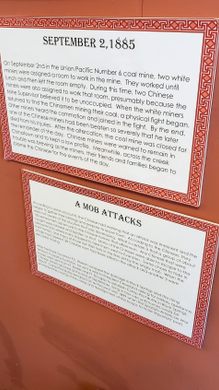
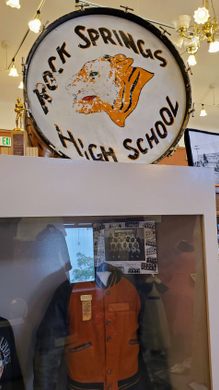
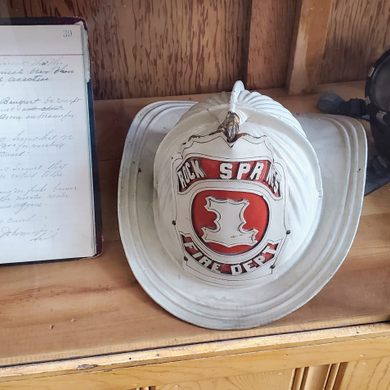

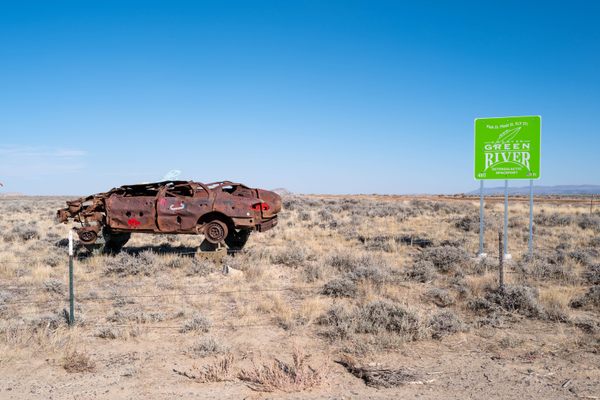



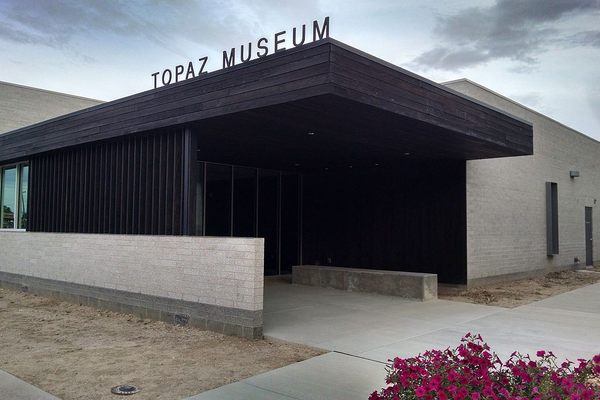




Follow us on Twitter to get the latest on the world's hidden wonders.
Like us on Facebook to get the latest on the world's hidden wonders.
Follow us on Twitter Like us on Facebook